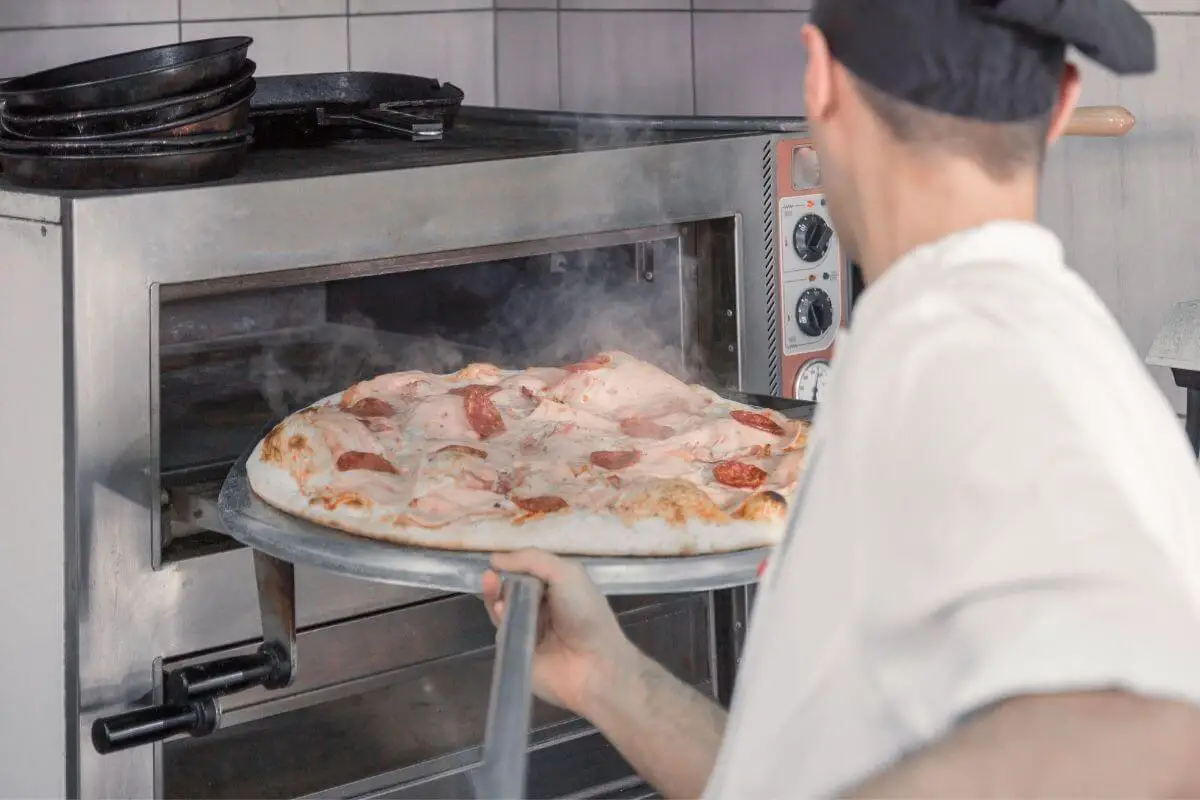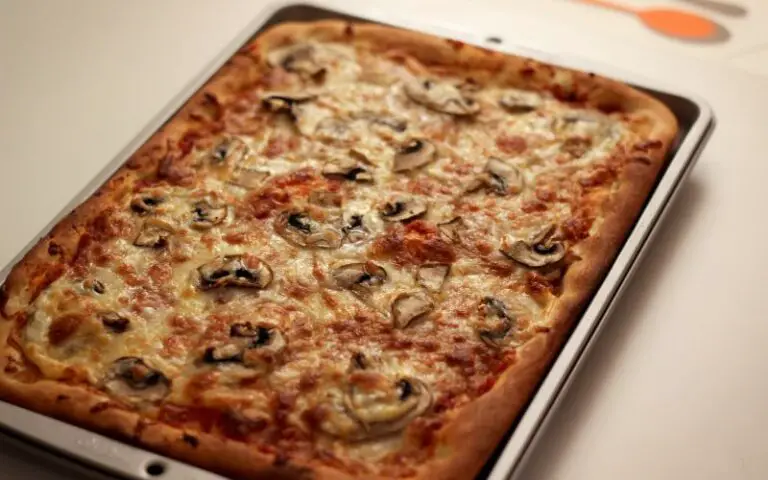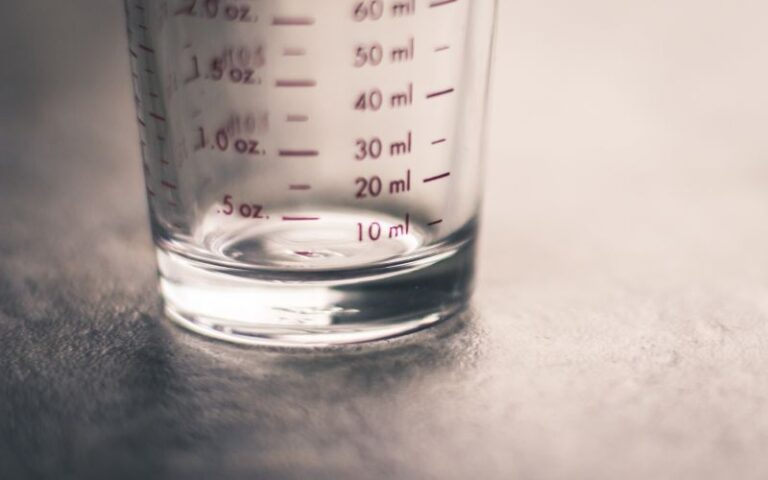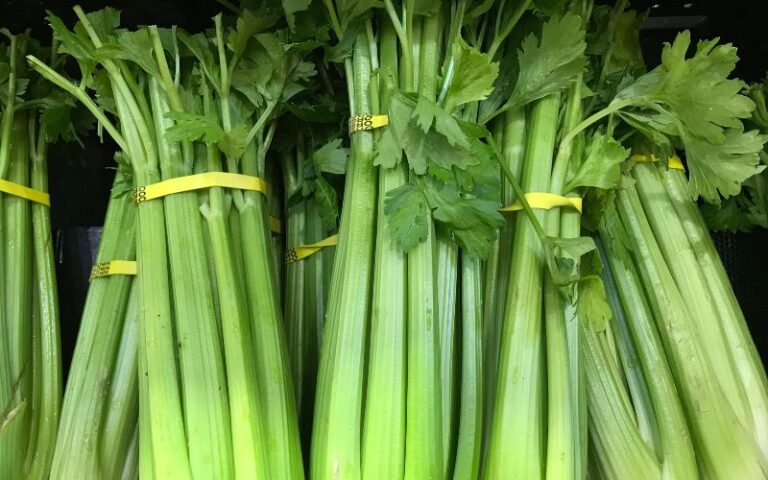Does a Pizza Oven Get Hot on the Outside? (Explained)
Last updated on September 11th, 2023 at 02:11 pm
Are you a pizza lover who enjoys making homemade pizzas? If so, you may have considered investing in an outdoor pizza oven for optimal cooking results. But have you ever wondered if the exterior of these ovens gets hot?
As much as manufacturers prioritize user safety and efficiency, the materials used to make the oven can conduct heat, making the exterior hot to the touch.
Don’t worry, though – with proper caution and care, you can safely enjoy the delicious dishes your outdoor pizza oven produces.
So, fire up your preferred heat source – whether electric, coal, or wood-fired – and get ready to savor the mouth-watering flavors of homemade pizza.
Is It Normal If A Pizza Oven Gets Hot Outside?

You do not have anything to worry about if your pizza oven gets slightly hot on the outside.
The external temperatures are almost entirely dependent on the material that forms the building block of your pizza oven. So, it is pretty normal to notice rising heat levels on your oven’s exterior.
On the other hand, pizza ovens with mud or mortar cladding do not continuously emanate heat from their frames.
This is because mud and mortar provide highly efficient insulation against the flow of heat from the internal components of these devices.
Nevertheless, despite the amazing padding and insulation that characterize these cooking appliances, they are never out of place to feel small amounts of heat on their external surfaces.
However, a problem arises when the temperature exceeds a certain level. The handle of your pizza oven does not heat up despite the possibility of the external surface getting hot.
Important Point: Avoid placing objects on top of the oven while in use, as it may cause melting or injury.
From prior measurements, the external surfaces of pizza ovens can get as hot as 200° Fahrenheit.
Nonetheless, this is relatively low compared to the temperature in the internal compartment of the oven.
To ensure your safety and prevent any accidents:
- Check your pizza ovens for damages and faults when the temperature gets higher than normal.
- Regularly monitor the oven temperature, ideally using an infrared thermometer.
- Be aware of the typical temperature range for your oven and how quickly it preheats.
Subsequently, be cautious of potential burns when the oven’s exterior is hot. If it is an electric oven, a higher-than-normal temperature may also indicate an electrical fault. Always prioritize safety and follow necessary precautions while operating a pizza oven.
Why Does The Outside Of My Pizza Oven Get Hot?
The outside of your pizza oven gets hot due to heat conduction from the internal compartment.
Nonetheless, the heat reaching the surface depends on several factors:
- Material: The material of the pizza oven influences heat conduction to the outer part. For example, metal ovens with excellent heat-conducting properties will have hotter surfaces than brick ovens with poor heat conduction.
- Insulation: The insulation used in your pizza oven’s design determines heat transfer to the surface. Effective insulation like mud or mortar prevents excess heat from reaching the exterior. However, if less efficient cladding methods are used, the external surface heats up more easily.
- Heat Generation: The overall quantity of heat generated in your oven impacts the exterior temperature. If you produce more heat, the exterior temperature will be higher.
Here are some pros and cons associated with different pizza oven materials:
| Material | Pros | Cons |
|---|---|---|
| Metal | Efficient heat conduction | Hot surface |
| Brick | Better heat retention | Slower heat conduction to surface |
| Wood/Adobe (Mud) | Efficient insulation | Slower heat-up time |
Whether you have a wood-fired pizza oven, gas pizza oven, or any other type, factors such as material, insulation, and heat generation contribute to the heating of the oven’s external surface.
By understanding these factors, you can make informed decisions when selecting and operating your pizza oven to ensure safety and effectiveness.
What To Do When My Pizza Oven’s Exterior Becomes Hot?
#1. Enhancing the Room’s Ventilation
To manage the heat from your pizza oven, improving the room’s ventilation can be highly effective.
Here are some ways to enhance the air circulation around your pizza oven:
- Bring in a powerful fan
- Open doors and windows
- Ensure the oven is placed in an area with unrestricted airflow
This not only cools down the heated exterior but also helps you maintain a comfortable workspace for baking.
#2. Installing the Pizza Oven at a Slightly Higher Level
Elevating your pizza oven above other kitchen appliances can facilitate better heat transfer from its exterior into the atmosphere.
This results in a reduced surface temperature and improved airflow around the oven. The added elevation promotes effective heat dissipation.
#3. Utilizing an External Padding to Cover the Hot Surface
Using padding materials on your pizza oven’s exterior can prevent direct contact between you and the hot surface, offering protection against burns.
Some suitable padding materials include:
- Breville bamboo cutting board
- Silicone padding
These materials provide insulation against heat from your pizza oven’s frame, which is particularly beneficial when using the appliance for extended periods.
Always remember to handle your pizza oven with care by using appropriate tools like a pizza peel or heat-resistant gloves.
Regularly maintain your oven by cleaning the baking stone, checking the propane tank, and ensuring proper ventilation and maintenance for safety and optimal performance.






